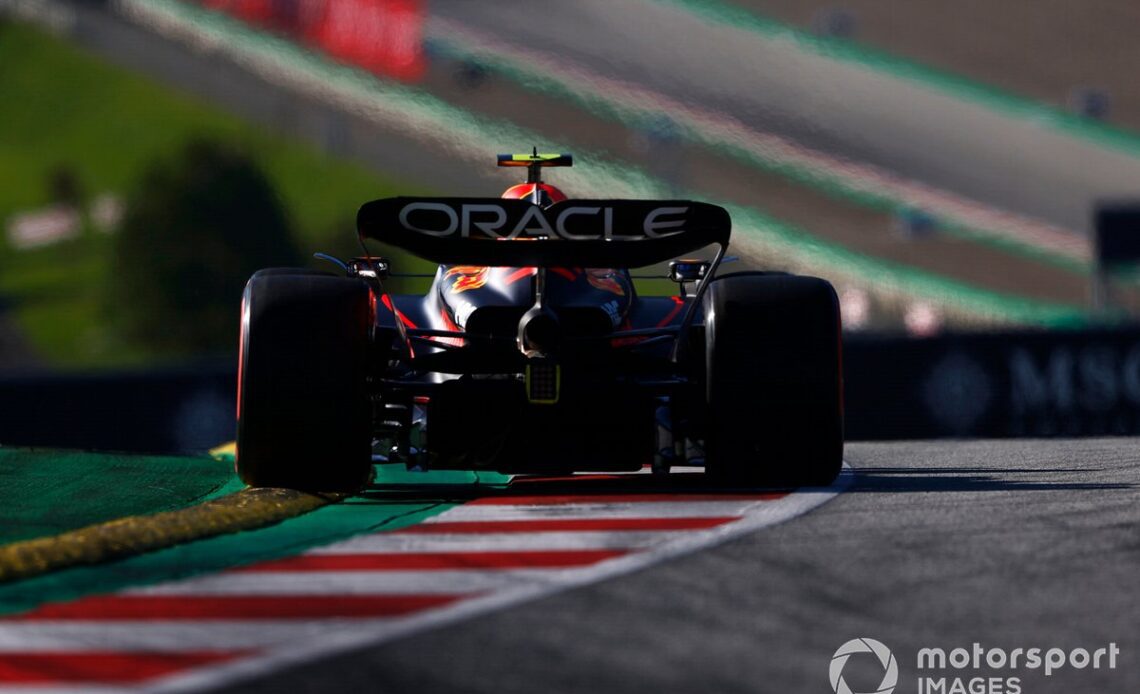As part of the FIA’s effort to stamp out excessive porpoising, it is also tightening up on floor stiffness to ensure there is a level playing field between teams.
There have been suspicions that some squads have found clever ways to run their cars lower to the ground than their rivals through more flexible floor components.
By running a less stiff floor, teams are able to be more aggressive with their front rightheight to increase their performance – as there are fewer concerns about porpoising and of wearing away the plank.
But as part of the FIA’s investigation in to the porpoising phenomenon in F1, it discovered that some teams have been exploiting grey areas to fully comply with the underfloor rules and checks, yet run their cars in a way that was not originally intended.
This was originally believed to have been mainly through teams ensuring their floors and planks were stiff enough in areas that were checked, but then flexed in other areas.
However, Autosport has learned that, following the latest discussions between teams and the FIA in this weekend’s F1 Commission meeting, an even more intricate trick has emerged.
It is suspected that some teams have cleverly split up the skid blocks, which protect the holes where the FIA plank thickness measurements are taken, in to separate sections.
There is a main skid block that runs around the majority of the hole, but then a more rearward section that moves up and down independently within the plank to become fully enclosed and protected if the car hits the ground.
By disappearing up inside the plank, this section does not get worn down as the rest of the floor hits the track – so remains at its original thickness throughout to be fully compliant with the previous 9mm depth checks that are conducted by the FIA after races.
Sergio Perez, Red Bull Racing RB18
Photo by: Andy Hone / Motorsport Images
Up until now, teams only needed to ensure enough thickness at one area of the hole to comply with the rules – so the moveable part of the skid would have no problem passing this.
From the Belgian Grand Prix, when the new floor stipulations will come in to force, the FIA’s checks on the thickness are being changed.
In the draft TD sent to teams ahead of the British Grand Prix it noted: “we wish to confirm that compliance with this Article will be required around at least 75% of each periphery.”
This means that teams will no longer be able to use small areas of moveable skid block material to…
Click Here to Read the Full Original Article at Autosport.com – Formula 1 – Stories…

